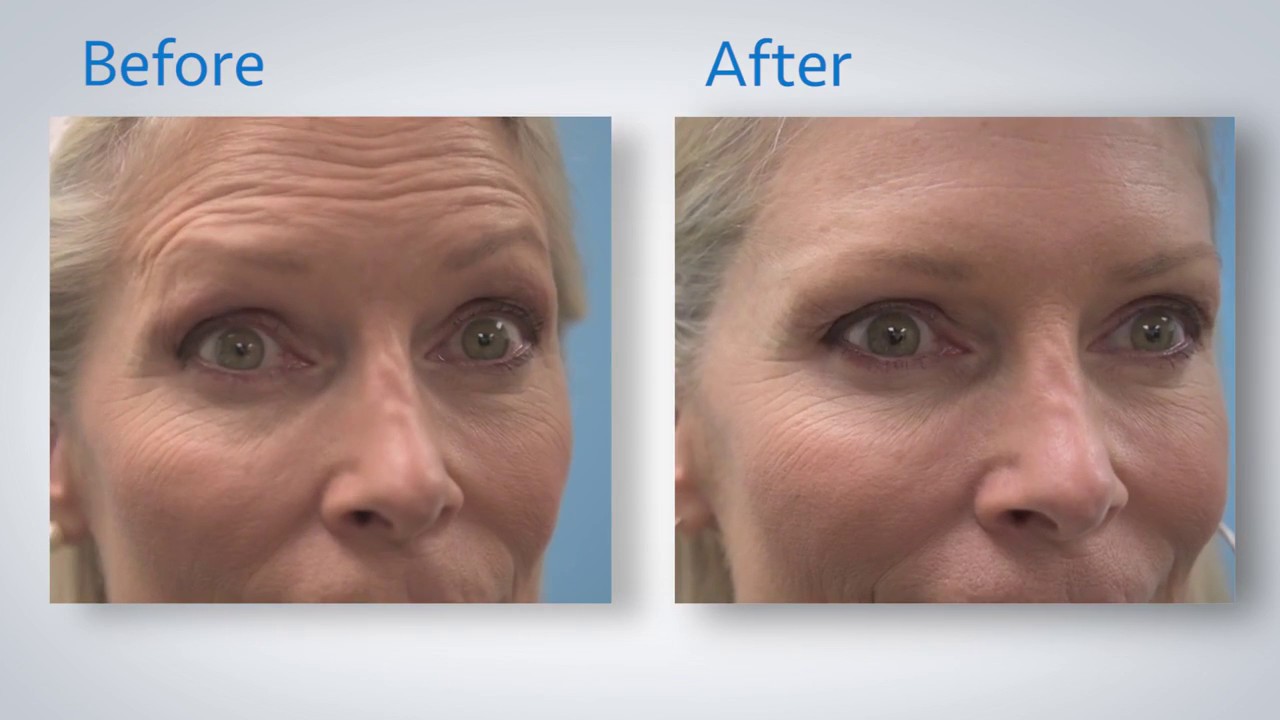
Each patient's surgical outcome will vary. The patient may experience some discomfort during surgery. The mouth can feel stiff for several days. Unfortunately, results cannot be guaranteed. In some cases, a second operation may be required. Patients are advised not to smoke, drink alcohol, or move excessively for up to a week after the procedure. The cost of jaw surgery is usually the responsibility of the patient.
Chin augmentation
A chin augmentation process takes approximately an hour. The procedure can be done with either general or local anesthesia. The chin bone implant is inserted at the front of the jawbone. After that, sutures are used in order to close the wound. Recovery after this procedure is quick and painless. Most patients return to work or their home within a week of surgery. In rare cases, an incision may not be possible in the patient's mouth. In such cases, the surgeon may make an incision under the chin. No visible scarring is left behind after the procedure.
There are many factors that influence the cost of a chin-enlargement. One factor that is most important is the expertise of your plastic surgeon. The more experienced a surgeon is, the more likely they are to produce an excellent result. An inexperienced surgeon could make more mistakes, and there is a greater chance of complications. It is a good idea also to see before-and-after photos of the work of a surgeon.
Angle augmentation
Jaw angle augmentation, which is an operation that enhances the jaw's proportions and facial balance, is known as jaw angle augmentation. You can use either fillers or implants to perform the procedure. Although fillers are temporary and can easily be removed if the patient is not satisfied with the results, jaw angles implants can provide immediate volume improvement. However, this procedure will require surgery.

The most important aspect of the procedure is choosing the right style of jaw angle implant. The x-rays and clinical exam help the surgeon determine the appropriate angle. The surgeon should be able to see the patient's ideal jaw line. This is especially important when using titanium implants because the procedure is an all-or-nothing affair.
Cheek augmentation
The cost for cheek augmentation with jaw implant can vary greatly depending on the surgeon. There are a few surgeons that charge a flat fee for cheek implants. Others may offer flexible payment options and financing options. When deciding whether or not to have this procedure, it is important to consider the credentials of the surgeon.
Cosmetic surgeons often use implants or fat grafting to enhance the shape of the face. A patient will either be anesthesized with general anesthesia or localized anesthesia. The plastic surgeon will evaluate the medical history of the patient and recommend the best treatment.
Chin implant
The chin implant is a common cosmetic procedure that enhances the appearance of your chin. It typically takes between 30 and 60 minutes. The procedure can be performed under general anesthesia, local anesthesia, sedation or a combination of both. Patients are usually able to resume their daily activities the next day with minimal downtime. Although there will be some swelling and discomfort, most patients will feel better within a few weeks. The pain can be reduced with cold compresses and pain medication.
There are several different types available. The most popular ones are made from silicone, which are soft and flexible and can be adjusted by the surgeon. The more expensive porous polyethylene implant are stronger and more able to integrate with surrounding tissues. Based on the pros & cons of each, your surgeon will help you choose the right type of implant for you.

Implant for the jaw
You should seek out a board-certified, board-certified plastic surgeon if you're considering jaw implants. Before choosing a doctor to perform your surgery, speak with them and review their work. To locate a surgeon who holds a certification, use the American Society of Plastic Surgeons" "Find a Surgeon” tool.
Implants can be made out of silicone, or any other synthetic material. They are shaped to match your jawline, and attach with two- to three titanium screws. The surgeon will make an incision at the corner of your mouth, usually under the chin. The incision is closed with layers. It is secured with layers of water to stop any oral fluid from entering the wound. The whole procedure takes about one to two hours.